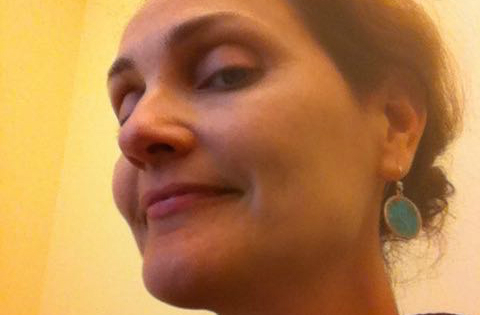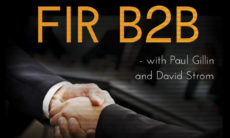So far, I have done one interview in the Leaders in Social Media Strategies series. Before introducing you to other leaders, I thought it might be valuable to pause and share my own thoughts on the topic. Yes, I am going to interview myself! Should be interesting. Here it goes…
1. So Hester, could you please describe your professional background? How has your education and workplace learning brought you to where you are now, a leader in social media strategy?
Happy to! My professional background and life passions all track back to the field of communication, where social media sits. When I was a kid, I was a performer—singing, dancing, acting. I loved all of it! So when it came to college, I decided to major in what I loved doing most. I went to Bennington College and studied Drama and Voice. You will still find me “performing” now as a presenter at digital marketing conferences in the Boston area. As well as feeding my passion for being in front of an audience, teaching and learning alongside my colleagues always sparks my creativity and inspires me to move forward in my own work.
After college, I worked in front of the camera but found the steadiest return behind it. I was fascinated by the technology that went into editing film and producing television. I jumped in with both feet and started learning. After working on a national show filmed in Boston, I came upon an interesting opportunity in publishing with a company called Simon and Schuster Education. So I shifted industries and moved into this new world as a marketer.
After a hiatus when I started my family, went to grad school, and worked for a school (all amazing experiences), I came back to Simon and Schuster, which by then was acquired by Pearson. I came to work on digital marketing—email, websites, SEO/SEM, and social media. Really interesting work with a steep learning curve. So much to do! So much to learn. Over the years I’ve kept sharp by attending great events put on by some outstanding organizations—New England Direct Marketing Association, MarketingProfs, Argyle Executive Forums, and socialmedia.org just to name a few. I also found the time to earn a certificate in management and leadership from MIT’s Sloan School of Management. This is where I began to realize the value and potential for organizational innovation.
At Pearson, I got some amazing experience leading a global social media council and responding to an internal audit on the topic. And in 2014, I earned the opportunity to do a deep dive and develop our first dedicated social media marketing team. That’s how I got where I am right now—Head of Social Media for Pearson North America.
2. Can you share an example of how social media uniquely impacts organizations?
As mentioned above, I believe that social media can be a force of innovation for organizations. In terms of communication, social media requires brands (large and small) to speak in one accessible, responsive voice. But in order to get there—to respond to customers with that single voice, an organization needs to be agile and aligned. This of course, is a challenge, especially for large organizations. Each business function may have its own unique goals for using social media. But in the end, all business functions should be serving the mission of the organization, serving its customers. I believe that social media strategy across the organization should begin with this one goal. In 2014, Gerald C. Kane wrote an article for MIT’s Sloan Management Review called “Why social media will fundamentally change business.” In it he writes:
“As social media increasingly allows knowledge integration to occur outside and across traditional organizational boundaries, it will change fundamental aspects of the firm and how it is managed.”
Social media provides a unique opportunity to test and try new models for businesses. The medium makes brands more accessible than ever before. When customers engage with a brand on social media, their experience should feel effortless. They want to be helped quickly and effectively. It’s almost as if we, on the other side of that brand’s social account, are playing one character, with one voice, on a stage. Behind the scenes, there are speedy hand-offs and conversations to design the most effective responses to be shared back with customers as efficiently as possible. The customer should have an amazing experience. The business functions (marketing, public relations, customer service, sales) need to align to facilitate this. And when they do, customers have the potential to immediately become advocates, spreading positive sentiment about that brand, recommending it to a friend, and you know the rest!
Social media is new—it’s a green field ripe for fresh strategies and workflows that serve the customer best. If we can break down silos using social media to provide our customers with an amazing experience, might we apply this same approach to solve other business problems? How might this change our organizations? This is what I find inspiring—the promise of the way social media forces our organizations to work. If we examine this closely enough, we may see so many opportunities for organizational innovation!






